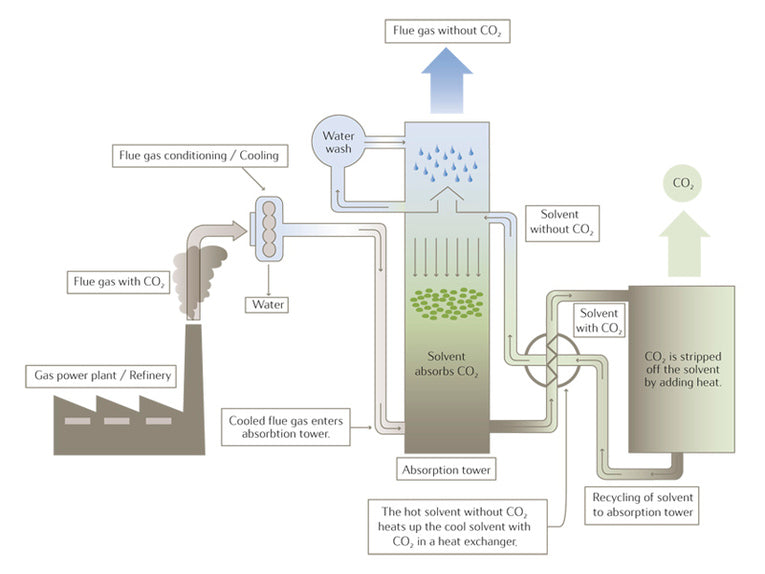In Mongstad, near Bergen in Norway, they have been bracing to store oodles of carbon dioxide for many years. The departing socialist government have now abandoned the plan, which obviously had many holes in it, deep caverns where the places the oil and energy minister planned to hold the gas. In the 1930s, a technology to store gas was patented, but there are probably better ways to combat emissions, better not to create the pollution in the first place.
Technology to trap and hold carbon dioxide, "has taken longer, been more difficult and more costly than expected," explains the Norwegian Minister, Ola Borten Moe. He comments on the European ETS (Emission Trading Scheme) as pushing out a clear signal, "that's very important, because if everyone is walking around thinking that emissions are cost-free, there's no initiative for doing anything about it."
Erna Solberg is the incoming conservative Prime Minister. She sees the need to diversify Norway's energy portfolio away from its heavy reliance on oil and gas is one of the key reasons for her political rise. Emissions cost us a lot, but the Mongstad CCS (Carbon Capture Scheme was going to make electricity more expensive.
More fuel is needed to drive the capture process and pump it down to its place of rest far beneath the power stations it was designed to clean up. With the European price of carbon emissions only about 7 euros ($9) per tonne, emissions are likely to rise. The CCS is more expensive so companies are unlikely to fit out new power stations with it.
Howard Herzog at The Massachusetts Institute of Technology is one critic of the climb-down on carbon capture, saying, "if CCS got some of the same subsidies, I think you'd see a lot more projects." In comparison, Australia charges $23 per tonne for new carbon, but has lowered the price which will not create any investment in CCS.
Meanwhile, subsidies worldwide do support wind power, which had a 27% increase every year recently and solar photovoltaic electricity, with 56% increases in installations. CCS has been literally buried now, it seems. It could be simply the politics, by which people vote for ideas that are plainly renewable and politicians don't fee able to support the CCS allied to fossil fuel.
The Norwegians still have the aged Sleipner gas field. It isn't connected to any power station and simply uses the space vacated by all of Norway's gas to fill up with Europe's carbon dioxide.










